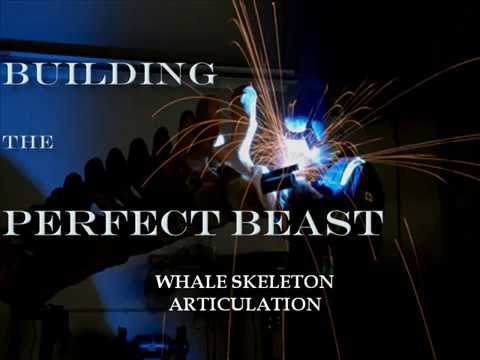Description:
Explore the challenges and intricacies of displaying whale skeletons in this 48-minute Speaker Series talk by Frank Hadfield from Palcoprep. Delve into the anatomy and feeding apparatus of different whale groups, and follow the journey from bone discovery to finished exhibit. Learn about the meticulous cleaning processes, including the use of whale oil and hydrogen peroxide, and the techniques for carving foam to replace missing pieces. Discover the complexities of mounting giant skeletons, creating support structures, and transporting these massive specimens. Gain insights into the creation of various whale displays, including humpback, sperm, blue, fin, pilot, and grey whales, while experiencing the adventure of collecting and preparing these magnificent marine mammals for museum exhibition.

Building the Perfect Beast - Challenges Associated with Displaying Whales
Add to list